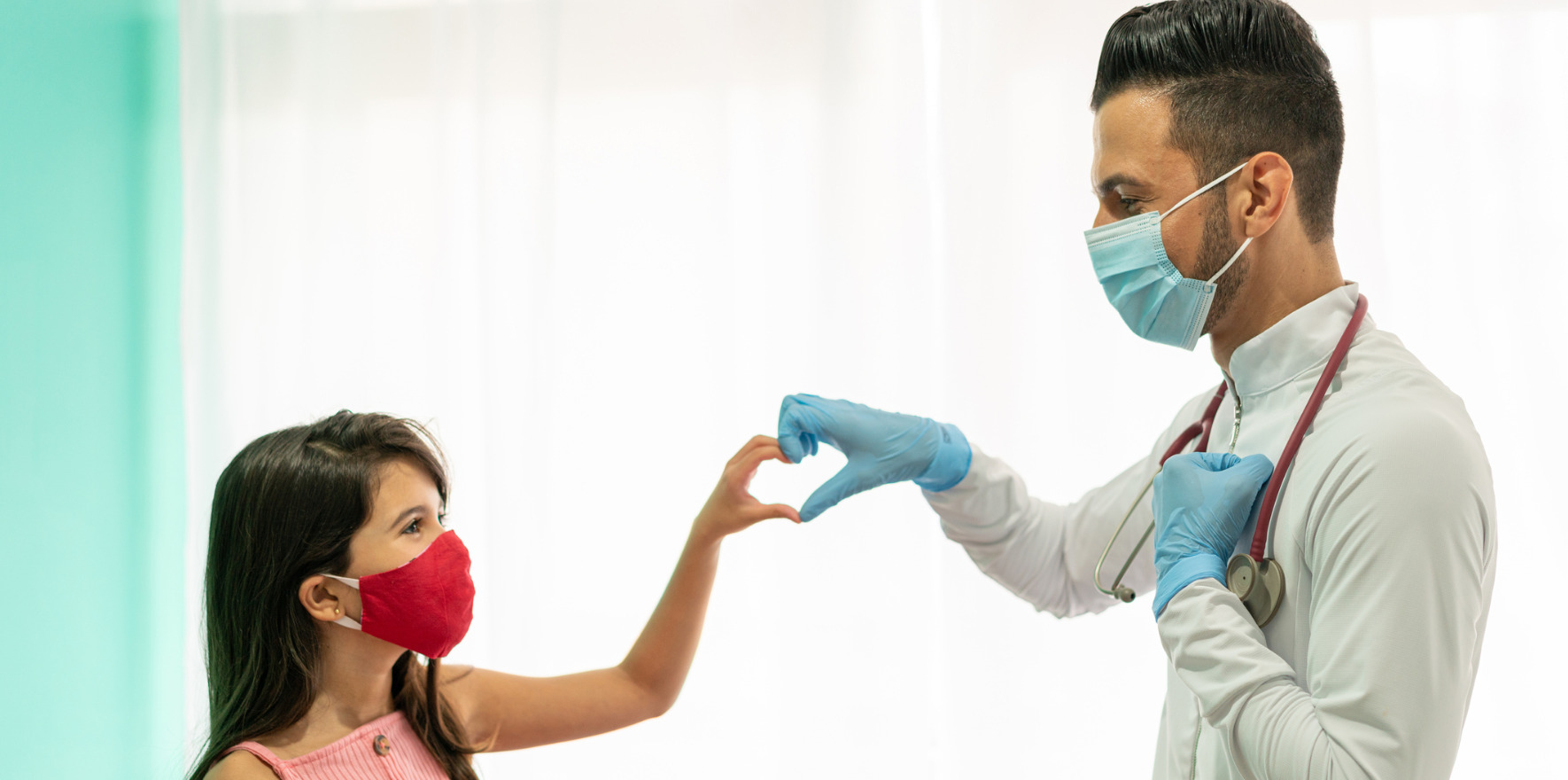Paediatric cardio-oncology guidelines are a ‘relief’ for doctors caring for kids on immunotherapy.
Guidelines have been developed to help prevent and treat cardiac complications in children being treated for cancer.
New treatments, particularly molecular targeted therapy and immunotherapy, have contributed to higher survival rates, but they also come with a greater risk of cardiac complications.
“These guidelines were written to help practitioners, sub-specialised and not sub-specialised, to know: when my patient is receiving these new therapies, who is at risk? How are they at risk? What investigations do I need to do? And how often do I need to review them?” guideline author Associate Professor Rachel Conyers told Oncology Republic.
The guidelines are an international consensus of Australian and New Zealand experts in paediatric oncology, cardiology and radiology, led by Dr Claudia Toro and Ben Phelmingham in Professor Conyers’ lab at the Murdoch Children’s Research Institute in Victoria.
Previous guidelines were for adult survivors of childhood cancer and aimed at preventing the long term cardiotoxic effects of chemotherapy.
“In Australia and New Zealand, I think that people will breathe a sigh of relief that there’s a structure that they can now use.”
Associate Professor Rachel Conyers
“Some of the new therapies that we use, immunotherapy and molecular inhibitors, have only been around for 10 or so years, and they’re the ones that cause the heart complications, the high blood pressure, the arrhythmia disturbance, or sometimes pump problems, when the patient is actually receiving the therapy,” Professor Conyers explained.
About 20% of children treated for cancer will fall into what the guidelines have defined as high risk and should be seen by seen within cardio-oncology clinics during active therapy. The guidelines define how these children should be managed during treatment, with regard to specific types of treatment, including molecular therapies and immunotherapies.
“In Australia and New Zealand, I think that people will breathe a sigh of relief that there’s a structure that they can now use,” she said.
Cardio-oncology is a fairly new field in Australia. It has been a recognised subspeciality in adult cancer in Canada and the United States since around 2015 and the Institute has been working on paediatric cardio-oncology since 2018, Professor Conyers said.
“Every idea in research really does come from the patient, and these guidelines came from a few patients that have had terrible outcomes.”
Associate Professor Rachel Conyers
Professor Conyers’ team set up three cardio-oncology clinics in tandem with the guidelines process, where they see children on very high doses of chemotherapy or radiotherapy, often with disease relapse or a bone marrow transplant, and any patient on immune or molecular therapies. Patients are referred by paediatric oncologists and triaged according to risk. The clinic in Victoria is already booked out to the middle of the year.
Equity of access is a central tenet of the Australian Cancer Plan draft released late last year, and Professor Conyers said they were very mindful of the guidelines needing to be applied across the country.
“Not every centre has a cardio-oncology clinic, and not every centre refers in the same way to cardiology. So, there’s a lot of caveats in there around if there’s a cardio-oncology clinic available, you would refer there, but if not, the cardiologist should assess, or in some circumstances the oncologist would assess first and then refer on, for instance.”
The guidelines are relevant to GPs, said Professor Conyers, particularly those in rural areas who may very well have more frequent contact with patients undergoing cancer treatment, and in the next five to 10 years as patients are seen less often in tertiary settings.
“The tests that we’re asking for are not really cancer specific tests. It’s things like blood pressure, blood sugar level, checking cholesterol and triglycerides.” In other words, things that GPs do all the time, and oncologists less so.
The long-term effects of the newer cancer drug treatments are not known, said Professor Conyers, and that’s another reason the guidelines are important.
“Until we follow a standardised approach, and we document what we’re seeing, we won’t actually have the research,” she said.
“Every idea in research really does come from the patient, and these guidelines came from a few patients that have had terrible outcomes.
“Hopefully, with the three clinics, we’re documenting all the toxicities we see nationally, and then we’ll be able to revamp the guidelines with more than just expert opinion in another three, four years’ time.”


